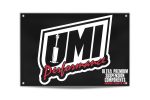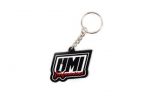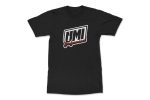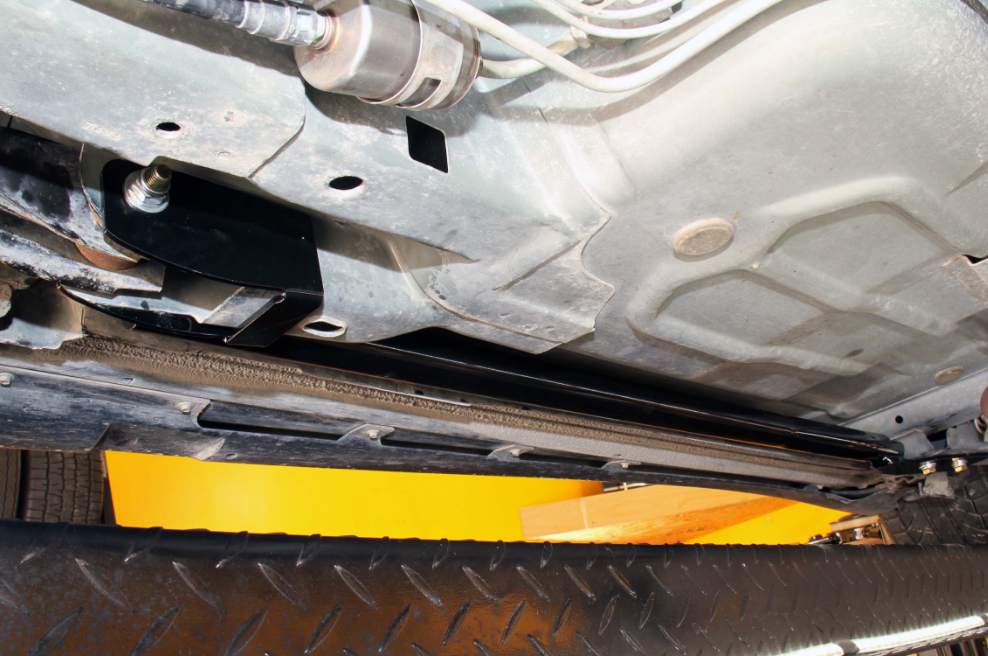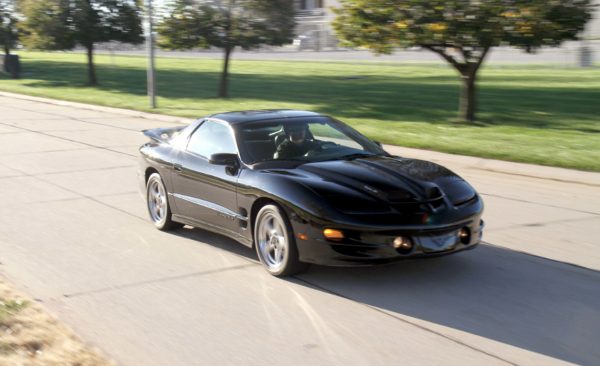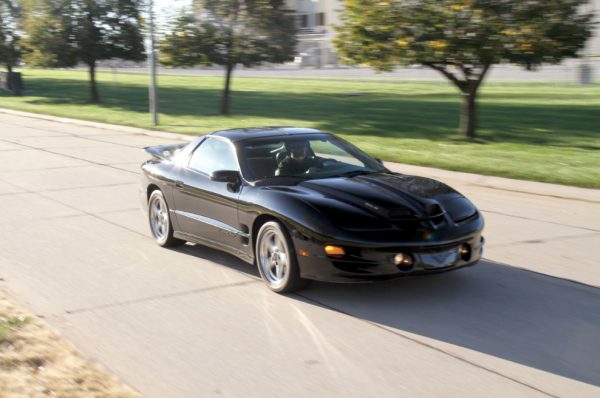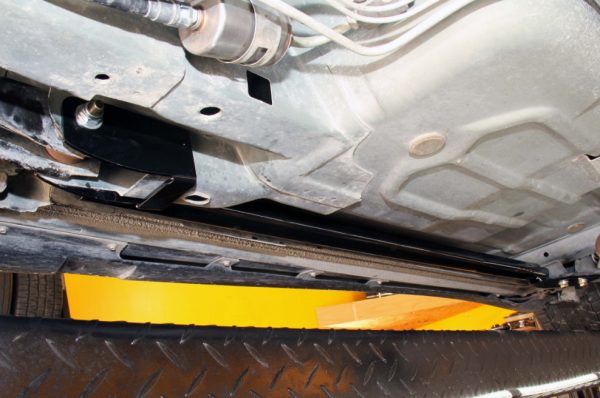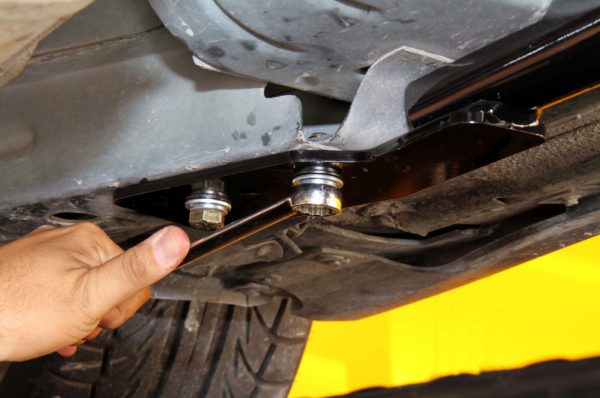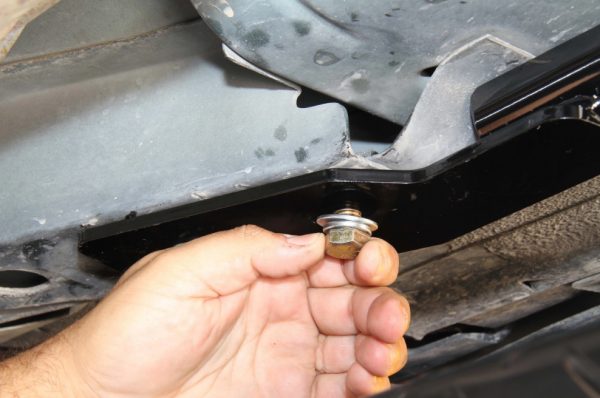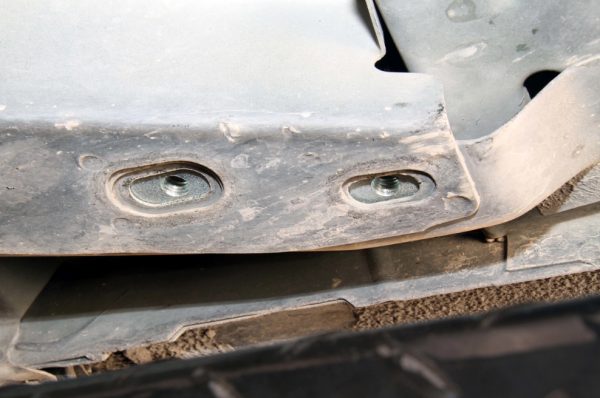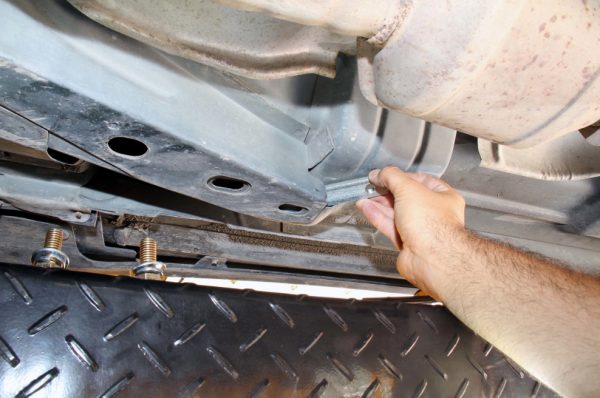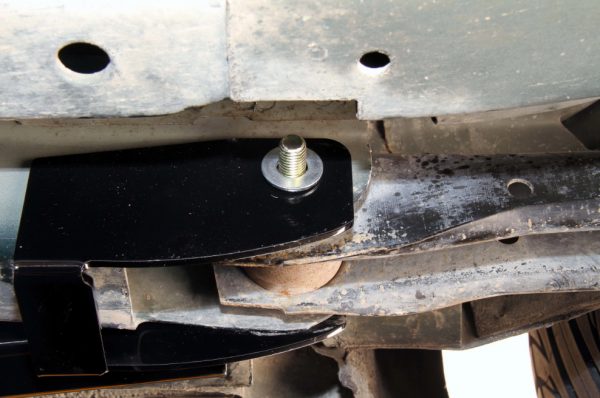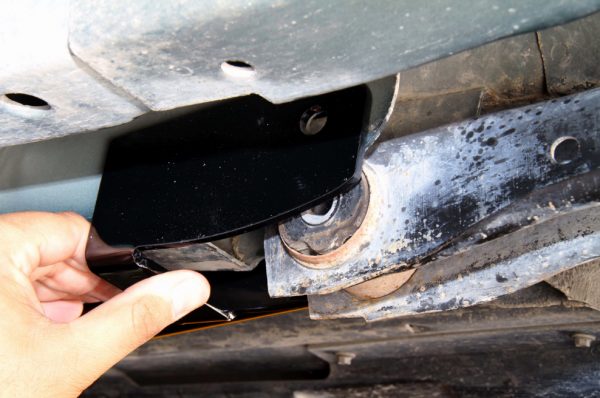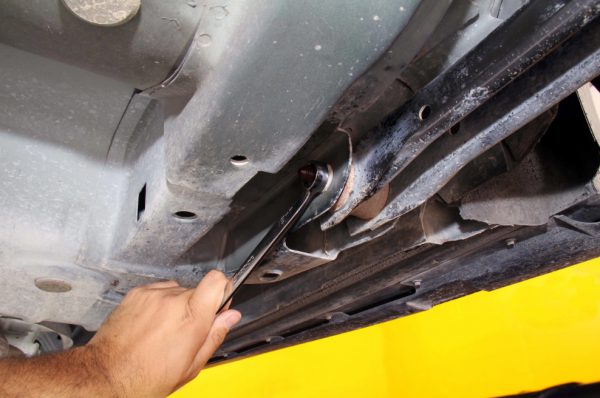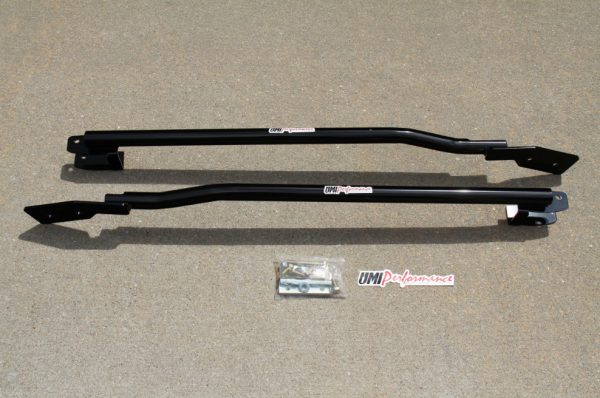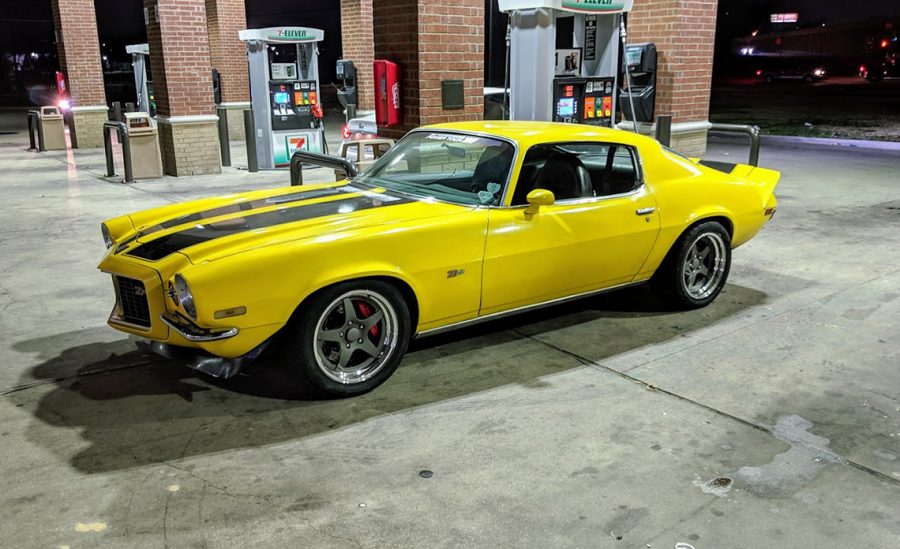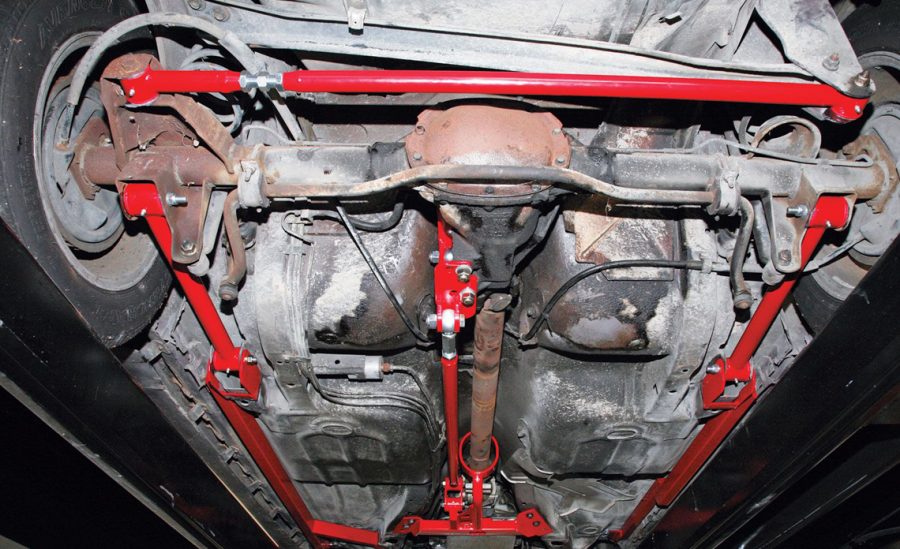The task of any suspension system is to control body movement. When developing a passenger vehicle, chassis engineers strive to provide occupants with a balance of predictable handling and ride comfort. That middle ground is generally satisfactory for the average consumer who drives a typical sedan. Then there are performance enthusiasts like you and I. We’re happily willing to tolerate a slightly tauter ride for handling precision.
Pontiac marketed its Firebird to our shared segment. The sporty four-seater was a decent handler when introduced in 1967. The division’s hot-rodding engineers went a step further and developed the race-inspired Trans Am. As suspension technology improved, the Firebird’s chassis continued to evolve and the final generation rode and handled infinitely better than its patriarch, especially when equipped with the optional WS6 Ram Air and Handling package that included up-level components.
Article Courtesy of HotRod.com Author: Rocky Rotella
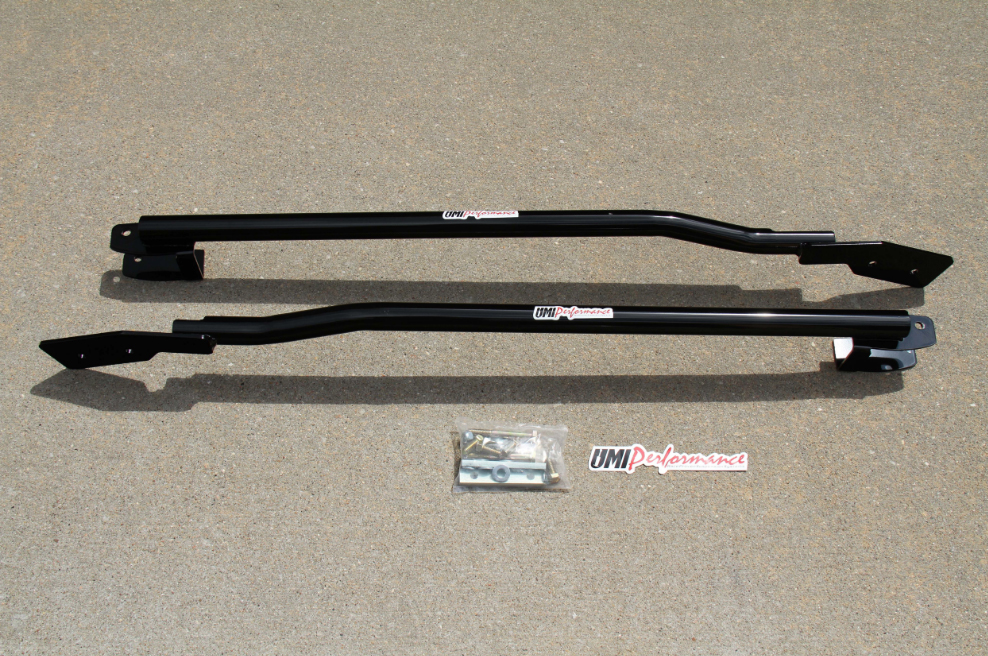
UMI Performance Has Been Producing Suspension Components Fourth Gen Firebirds And Camaros Since 2004. Its No. 2002 2 Point Subframe Connectors Are Constructed Of American Made DOM Seamless Mild Steel Tubing That Measures 1.75 Inches Thick And Has A Wall Thickness Of 0.12 Inch. The Bolt In Units Fit Exceptionally Well And Take Less Than An Hour To Install. They Are Available Directly From The Manufacturer For $239 And A Number Of Mail Order Retailers.
Despite its improvements over the years, the fourth-gen Firebird chassis was still susceptible to flexing. The aftermarket quickly found that positively tying the front and rear sub-frames together only expanded on the 1993-2002 Firebird’s already excellent ride and handling qualities and counteracted the negative effects that occur as miles accumulate. Follow along as we successfully improve the body rigidity of our 1999 Trans Am in less than an hour.
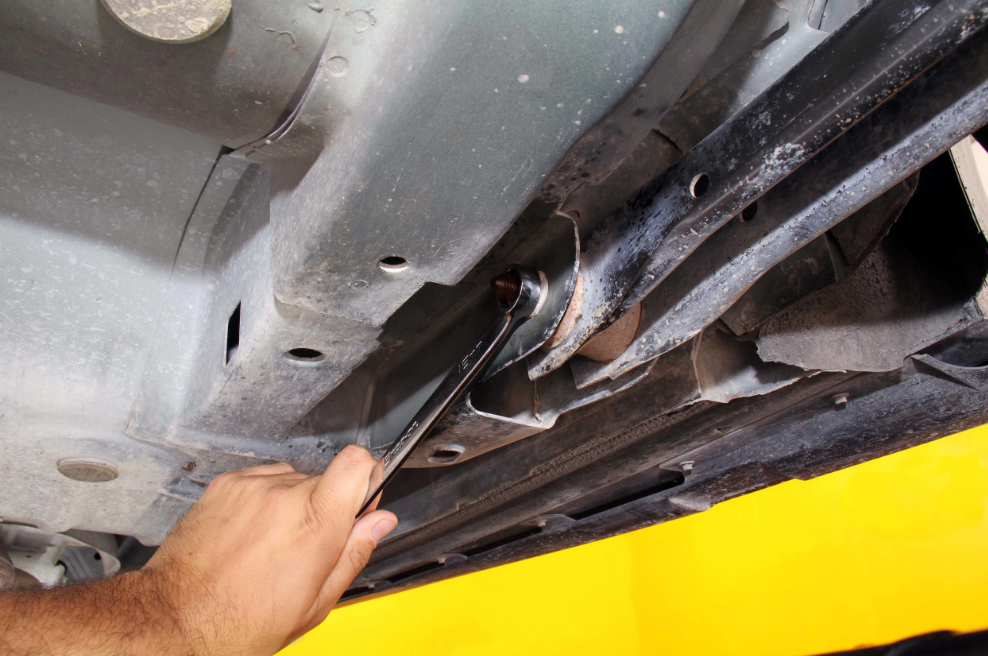
With Our Trans Am Safely Supported On A Four Post Lift, We Went To Work Installing The Subframe Connectors. We First Used An 18 Mm Wrench To Remove The Fastener That Secured The Rear Control Arm To The Frame Rail. Soaking The Nut And Exposed Bolt Threads With Several Applications Of High Quality Penetrating Oil In The Days Before The Install Can Only Help.
Suspension Basics
The concept of unitized-body (or uni-body) construction consists of a forward subframe that generally supports the engine, transmission, and front suspension. It’s bolted to a compact body shell containing integral rear frame rails. A uni-body is ideal for sporty vehicles because it can increase overall body rigidity to provide a smooth ride while allowing the rear suspension to be tucked upward into the body, which concurrently lowers the center of gravity and reduces ride height.
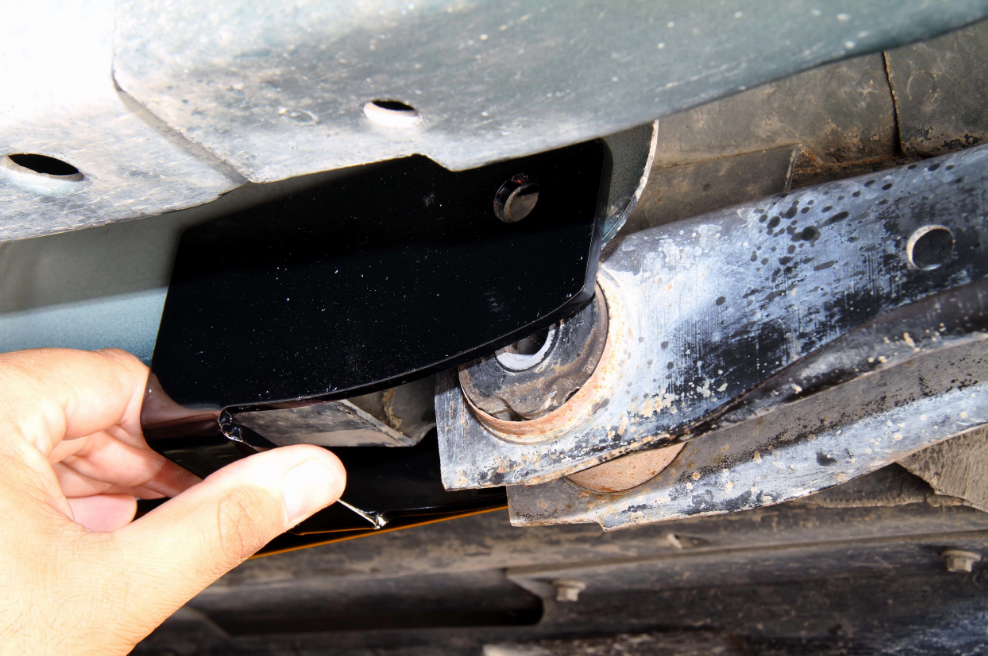
UMI Performance Uses The Rear Control Arm’s Forward Mounting Point In The Rear Subframe To Ensure Maximum Effectiveness Of Its Bolt In Subframe Connectors. The Boxed Portion Of The Connector Simply Slides Over The Frame Rail.
When Chevrolet introduced its new-for-1967 Camaro, its engineers considered a wide variety of chassis configurations but ultimately decided on uni-body construction. When Pontiac was handed a nearly-completed Camaro in which to create its 1967 Firebird, John DeLorean challenged his engineering team with making Pontiac’s F-car handle better than Chevrolet’s. One person tasked with carrying out DeLorean’s mission was Herb Adams. The suspension expert’s efforts were so successful that it directly led development and release of the WS4 Trans Am Option in midyear 1969.
“There was a period during automotive development where engineers considered a rubber-mounted sub-frame a better isolator than a full frame,” said Adams. “Either system can work equally well with a fully developed vehicle, but subframes were the way everyone was going during the time when Chevrolet originally developed the F-car, and that’s what he had to work with on the Firebird. When new, isolation and ride quality with a subframe can be good, but with time and miles the subframe, and everything bolted to it moves around. A performance car needs to be very solid for precision handling and removing deflection allows the suspension to control vehicle movement.”
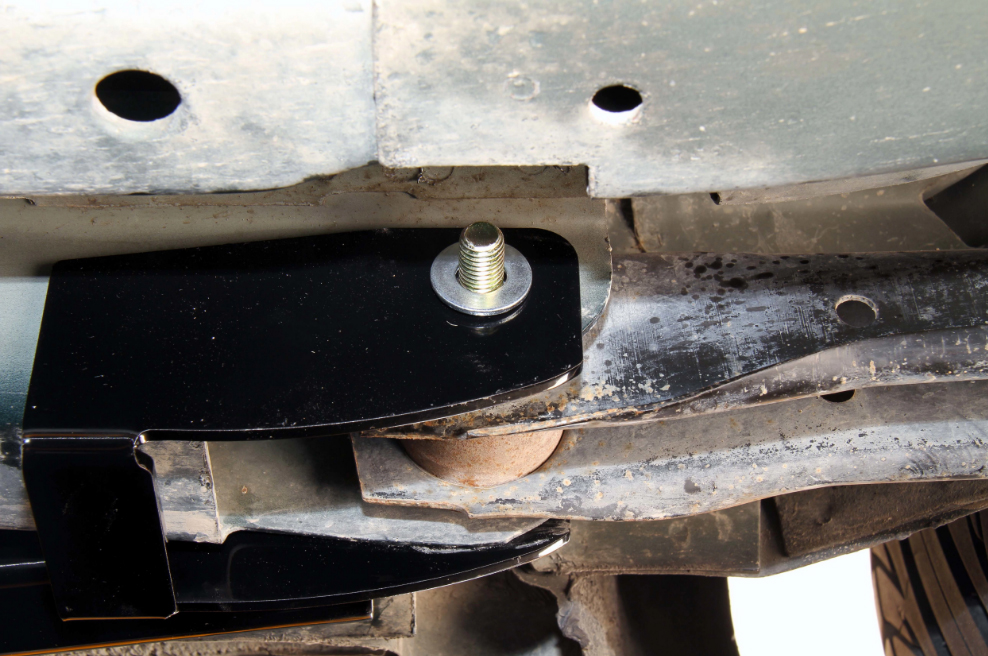
UMI Performance Supplies New High Quality Fasteners With Its Bolt In Subframe Connectors. The New Rear Control Arm Bolt Is Longer Than The Original To Accommodate For The Added Thickness Of The Connector Mount. We Carefully Aligned The Fastener Openings Of The Subframe Connector And Control Arm With The Pilot Opening In The Rear Frame Rail. The New Bolt With Washers Slides Right In. We Then Loosely Installed The Retaining Nut And Moved Onto The Forward Mounting Point.
Over its 35-year life span, GM’s Firebird and Camaro featured uni-body construction. In its final redesign for the 1993 model year, in addition to retaining its integral rear frame rails, engineers incorporated an integral front subframe that was welded onto the body shell in an attempt at increasing overall structural integrity. A bolt-on cradle then supported the engine while the front suspension was connected to it. The added rigidity greatly increased handling capacity and ride quality.
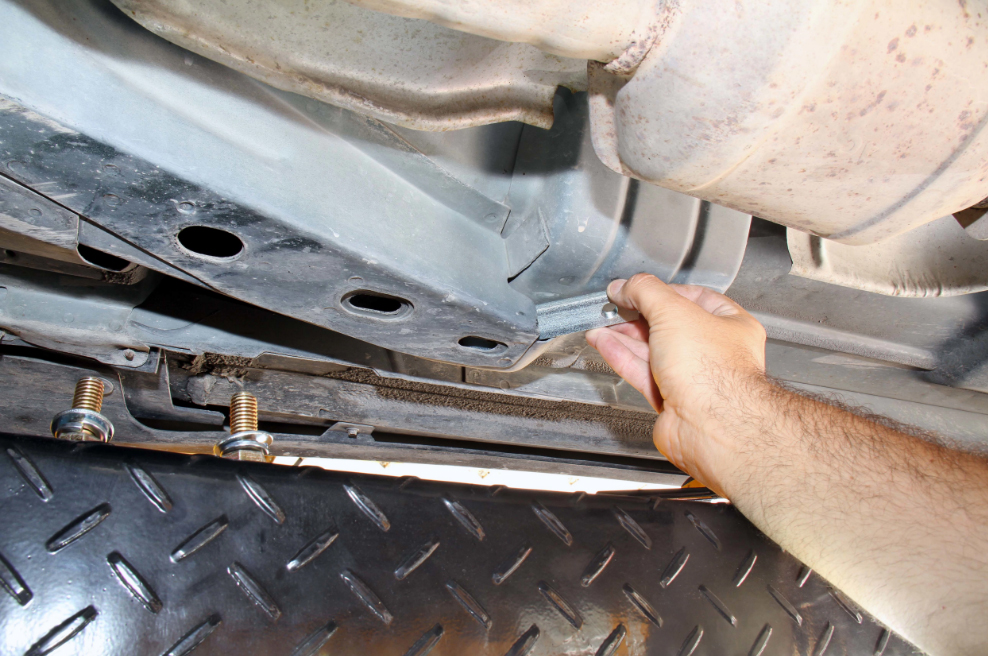
As Opposed To Being Forced To Drill Holes Into The Front Subframe For Connector Installation, GM Conveniently Placed Its Shipping Tie Down Slots In A General Area That’s Ideal For Subframe Connector Retention. UMI Performance Supplies A Thin Mounting Bracket That Simply Inserts Into The Rear Most Opening Of The Front Frame Rail.
Firebird and Camaro owners experienced what Adams described above—over time the front sub-frame can deflect when pushed hard into corners or uneven road surfaces. The deflection can result in less responsiveness in turns and harshness when driving down the road. Typical symptoms most identifiable with fourth-gen vehicles is cowl shake and t-top rattles. More exaggerated conditions can included door fitment issues and quarter panel buckling. Fortunately, there’s a simple and cost-effective solution to counteract that.
Subframe Connectors
For years, aftermarket companies have produced components that solidly connect the front and rear frame rails of uni-body vehicles. At first they required cutting and/or welding, which made installation challenging and permanent. While that may be better suited for a dedicated race vehicle where removing all traces of flex can be the difference between finishing first or a close second, bolt-in sub-frame connectors can be just as effective for a street car. And some of the best-engineered units available today can make installation a cinch.
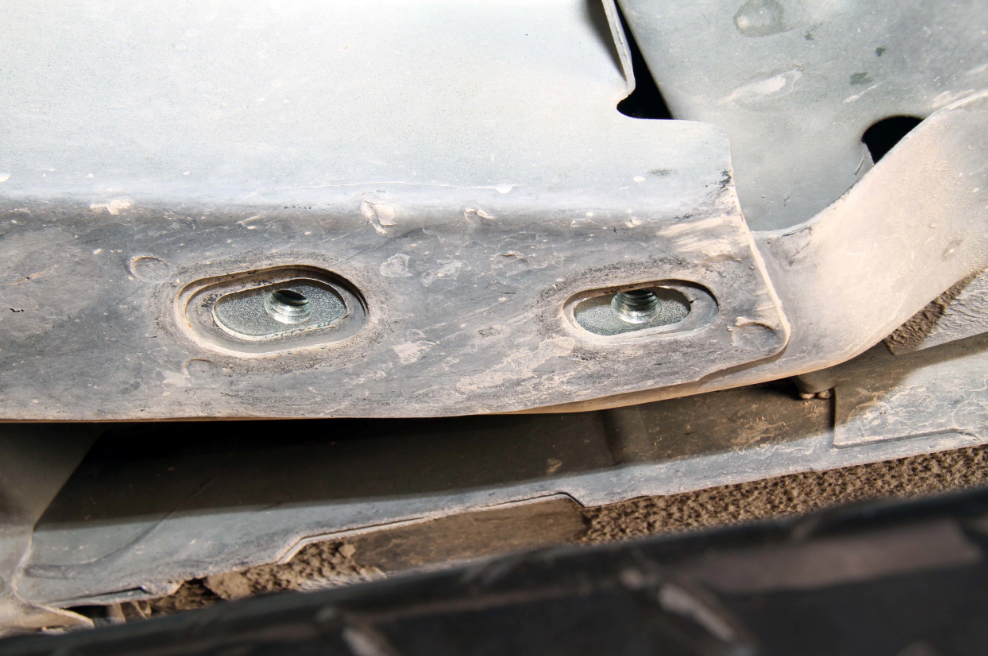
The Bracket Is Inserted Far Just Enough That Its Threaded Holes Align With The Slotted Openings In The Frame Rail. A Small Screw Driver Inserted Into The Bracket Hole Can Greatly Simplify The Alignment Process.
When we purchased our 1999 Trans Am, it was in excellent condition despite the 95,000 miles that showed on its odometer. We were impressed with how tight it remained after all those miles- a testament to the overall engineering quality of the fourth-generation F-body. We couldn’t help but wonder if a set of quality subframe connectors could improve upon that, however. A quick call to UMI Performance in Philipsburg, Pennsylvania was all it took to find the answer.
“Subframe connectors are often one of the first modifications that fourth-gen owners consider because they tend to help in every style of motorsport, and they can help street cars last longer with less squeaks, rattles, and flexing,” said Ramey Womer, Performance Engineer at UMI Performance. “Our goal was to develop a series of subframe connectors with perfect fitment and easy installation with normal tools found in the average shop. We began offering ours for ’93-02 GM F-body in January 2004.”
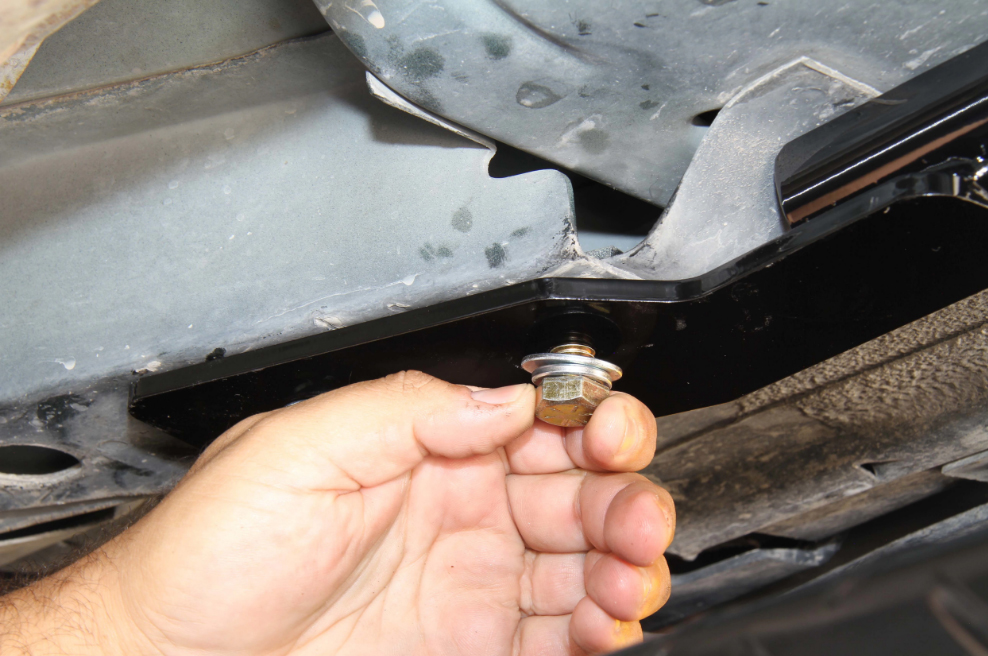
The Forward Mounting Pads Of UMI Performance’s Subframe Connectors Are Constructed Of 0.25 Inch Thick Mild Steel Plate That’s Cut Using A CNC Laser For Maximum Accuracy. Installation Required Simply Raising The Connector So It Was Flush With The Frame Rail And Hand Threading The Supplied Bolts With Washers.
UMI Performance’s most popular F-body subframe connectors are produced using American-made DOM seamless mild steel tubing that measures 1.75-inches thick and has a wall thickness of 0.12-inch. Mounting pads are constructed of CNC laser cut 0.25-inch thick mild-steel plate. The assembly is then MIG welded together and powder coated to maximize durability and appearance. Boxed sub-frame connectors are also available for those that prefer that look.
“Because we change our shop cars around so often, we design all our subframe connectors as bolt-on units first,” Womer explained. “A little-known fact is that our weld-in units are exactly the same as our bolt-ons except that they lack the bolt kit. It saves a few bucks for those that know a given installation will be permanent. We advise weld-in connectors when a customer wants maximum rigidity. A good way to tell if a given application needs its bolt-on units welded into place is to check for witness marks on the power coated contact surfaces. If the connectors are sliding around a bit, an insurance weld is a good idea.”
UMI offers its 1993-2002 F-body subframe connectors in two- and three-point designs. Its two-point units are recommended for cars that are primarily street driven, those setup for improved handling, and usually when standard-length torque arm is used. “Two-point connectors are an excellent choice because we see reduced quarter panel waviness and improved door fitment. We recommend three-point connectors when using a tunnel-brace-mounted torque arm for the slight increase in body rigidity and security because of the extra tie-in point,” he said.
Two-point connectors add 24 pounds to a vehicle’s overall weight where three-point units increase that to 36 pounds. “For a tunnel-brace torque arm car, the stiffness improvement of a three-point connector is worth the extra weight, and because it’s as low as possible and in the middle of the car. It’s really in the best place to add weight if you must,” added Womer.
Considering what was best for our Firebird, Womer suggested UMI Performance’s No. 2002 two-point subframe connectors, “We believe that the fourth-gen F-body can use all the help it can get when it comes to body stiffness and subframe connectors are helpful in nearly every application. Our two-point units add torsional rigidity, which helps prevent quarter panel buckling and puts a damper on general squeaks and rattles. It also slows or stops the notorious door latch trouble that happens when these cars get very fast.” A set of black powder-coated units were on our steps within a few days.
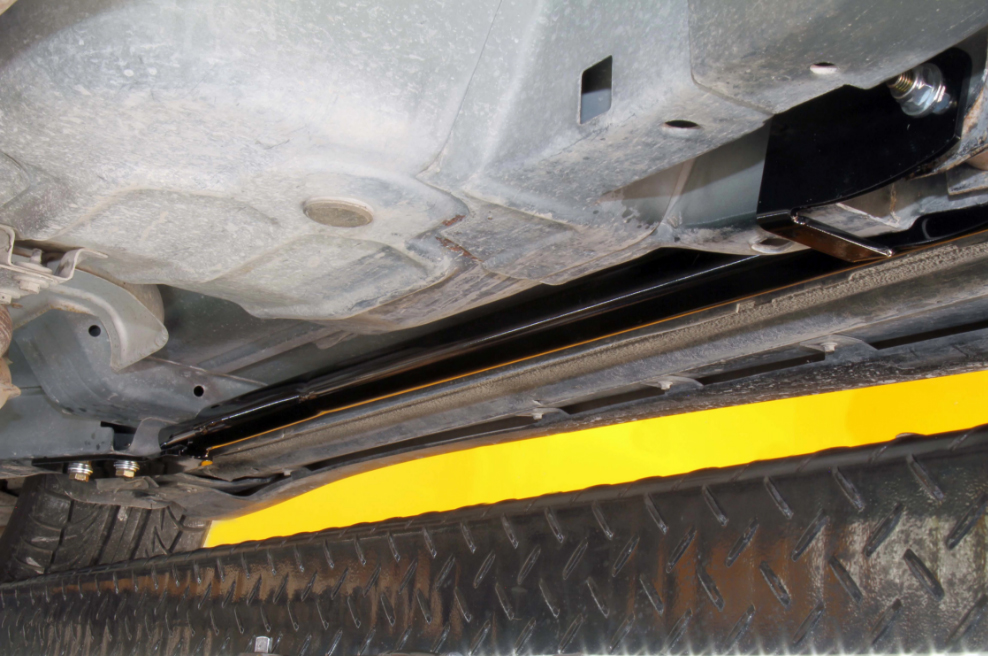
The Tubular Design Of UMI Performance’s Two Point Bolt In Subframe Connectors Allows For A Snug Under Body Fit. The Bolt In Units Are Practically Undetectable From Most Angles, Especially When In Black Powder Coat.
The Install
Subframe connectors should be installed with the vehicle at a level height and that can be accomplished by supporting it with high-quality jack stands. We had access to a four-post lift, however, and that greatly simplified the process. After removing the well-packaged sub-frame connectors from the factory shipping carton, installation was very straightforward and extremely easy. It required basic hand tools and no more than an hour’s time. For 1998-2002 F-car, not a single modification to the undercarriage was needed, but minor heatshield trimming may be necessary on 1993-1997 examples, which can add the total install time.
Once back on the road, we drove our Trans Am in a variety of conditions. We immediately noticed before ever leaving the neighborhood that the car felt more solid taking the bumps and dips found in our typical Midwest side streets. At speed on the highway, the Firebird rode and drove smoother, and the cowl and t-tops seemed to shake and/or rattle less. In spirited driving maneuvers, the Trans Am seemed to be more responsive with less body flex.

The Result Of Adding Subframe Connectors Was Immediately Detectible Simply Driving Down The Street. Our Trans Am Felt Tighter And Rode Better Than It Previously Had. After Our Initial Test Drive, We Returned To The Garage And Rechecked The Torque Specs On All The Fasteners To Ensure None Backed Out During Our Test. With Everything Secure, We’re Confident That We Have Miles Of Solid Driving Ahead!
Conclusion
There’s nothing more rewarding than successfully completing a task that yields positive results. And the two-point subframe from UMI Performance certainly couldn’t have made achieving that any simpler. The high-quality units fit extremely well and hang no lower than the factory frame rails, so reduced ground clearance isn’t a concern. They’re also virtually undetectable from any angle, which allows us to maintain our 1999 Trans Am’s factory-stock appearance. If you own a fourth-generation F-body and are interested in quickly and easily improving its ride and handling qualities, give serious thought to a set of bolt-on subframe connectors from UMI Performance. You’ll likely be just as impressed as we were.
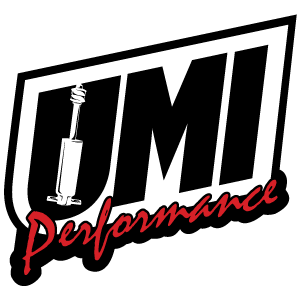


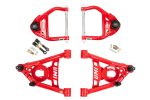 A-ARMS
A-ARMS
 CHASSIS REINFORCEMENT
CHASSIS REINFORCEMENT

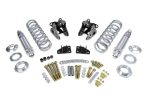








 SPRINGS & SPRING SPACERS
SPRINGS & SPRING SPACERS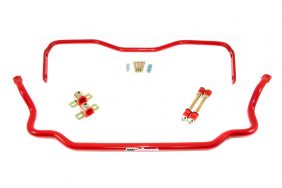

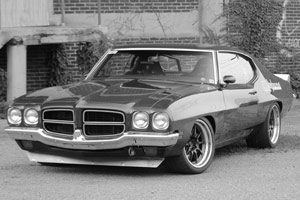

 SPRING & SHOCK KITS
SPRING & SHOCK KITS
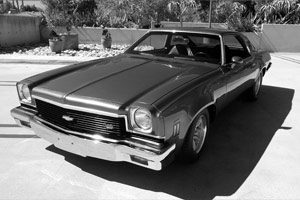





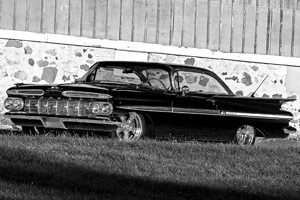




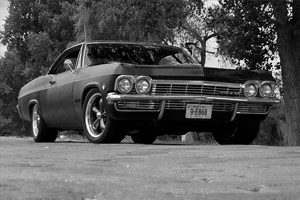




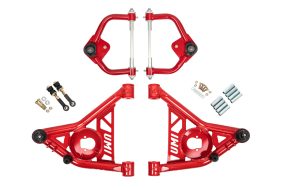
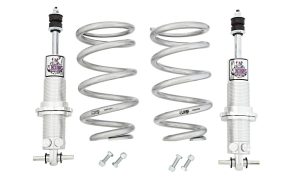
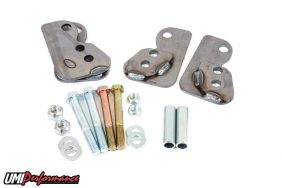
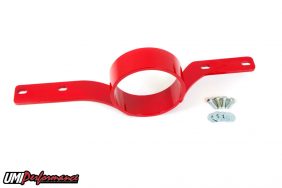
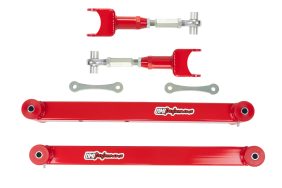
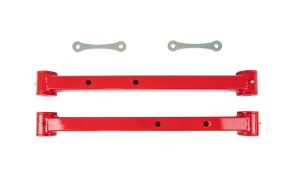

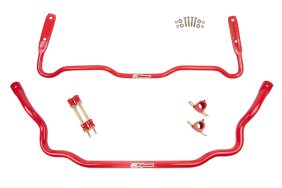
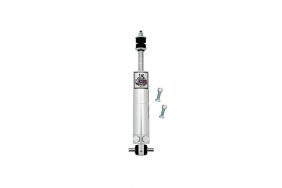
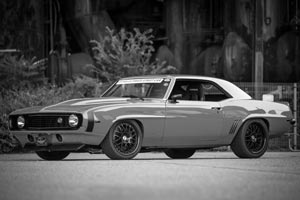











 LEAF SPRINGS
LEAF SPRINGS



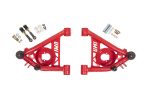








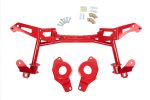



















 SHOCKS & SPRINGS
SHOCKS & SPRINGS
 STEERING
STEERING


















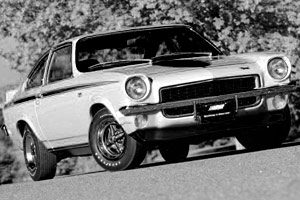





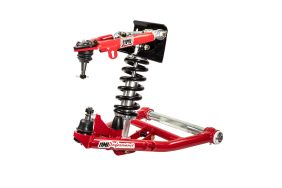
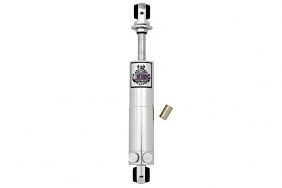
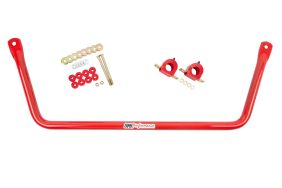
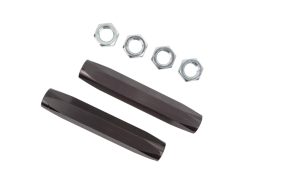

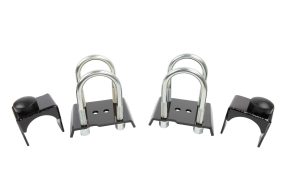
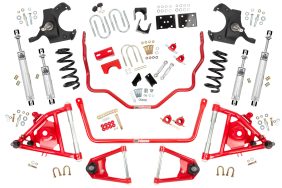
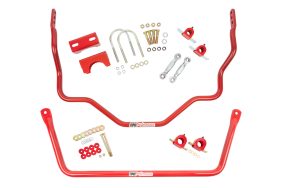
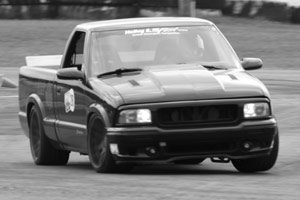




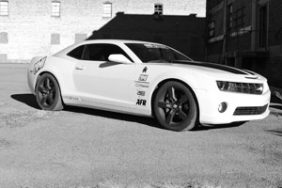



 TUNNEL BRACE
TUNNEL BRACE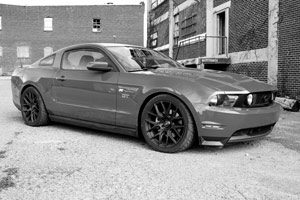










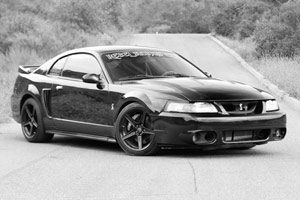










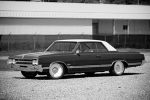
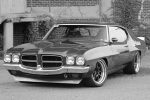
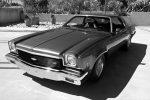
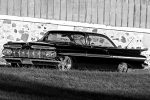
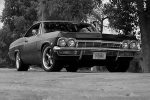
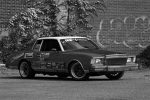
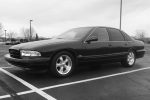

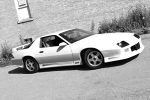
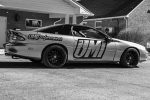
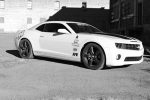
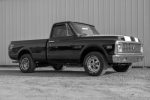
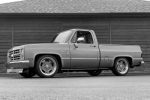
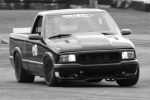
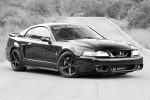
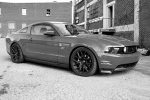

 SPRINGS
SPRINGS

 ADJUSTERS
ADJUSTERS







